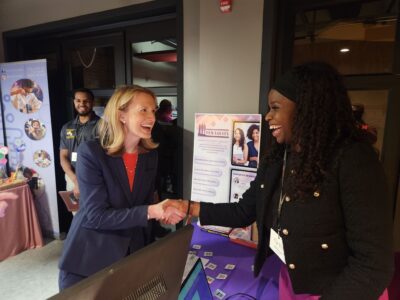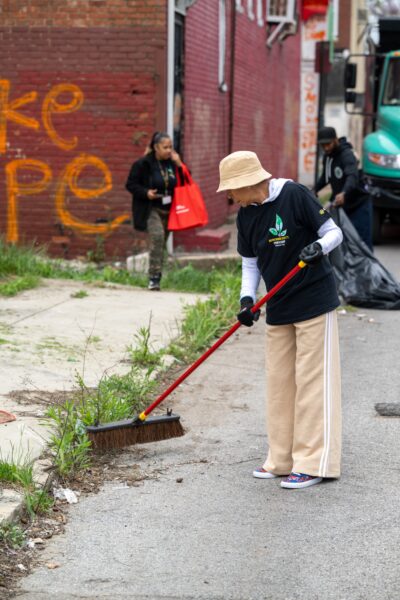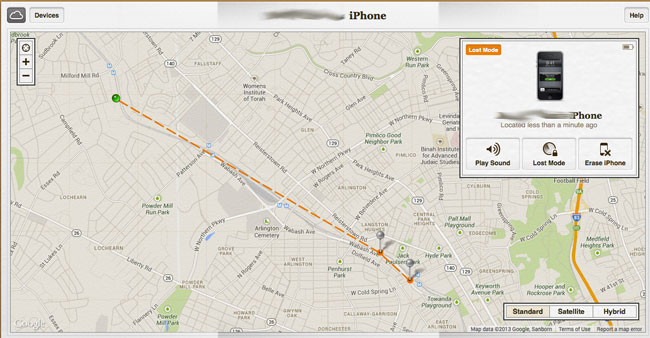What does a GIS developer do when a sibling’s iPhone is pilfered from her pocket? Tracks it using iCloud, naturally.
It’s not exactly “Revenge of the Nerds,” but following the path of his sister’s stolen iPhone gave GIS developer Elliott Plack a window into how one phone thief used public transit to ferry the object from the Federal Hill bar, where it was last with Plack’s sister, to Baltimore’s Park Heights neighborhood, and eventually out to Glen Burnie in Anne Arundel County.
Here’s what Plack discovered, recounted to Technically Baltimore via e-mail:
They quickly left the crime scene and got on the Metro to the Milford Mill Metro Station. They took the 54 [bus] from there to an apartment complex in Park Heights. The next day they took the Metro back downtown, and then took the Light Rail all the way to Glen Burnie, and ended up at a shopping center down there. At that point, the police said it wasn’t worth looking into for pickpocketing, and so my sister went to the AT&T store and switched off that account, effectively disabling the tracking.
So while the tracking proved an interesting experiment — and, in all likelihood, the evidence necessary to hurl expletives at an unknown pickpocket on some social network — the stolen phone was not recovered.
And for amateur detectives who want to know how to track a lost or stolen iPhone, here’s how Plack managed it:
- The stolen phone needs to have iCloud and Find My iPhone enabled prior to theft.
- Using the phone’s Apple ID and password, log into the phone’s account at icloud.com, locate the “find iPhone” option and enable Lost Mode. (Here’s a detailed how-to guide for using Lost Mode.)
- Lost Mode allows you to leave messages and a contact phone number for anyone who might find the phone. Plack left a message saying the phone was stolen, hoping to advise potential buyers from purchasing it.
Join the conversation!
Find news, events, jobs and people who share your interests on Technical.ly's open community Slack

Baltimore daily roundup: Film fest spotlights cinema's immersive frontier; over $1M for a wellness startup; $2B to rebuild the Key Bridge

Baltimore daily roundup: Key takeaways on the local tech ecosystem; a video editor's path to working with Keke Palmer; BCIT's new podcast

Baltimore daily roundup: 20 people building Baltimore's innovation community; a local startup's $15K win; the USMC's new tech office


